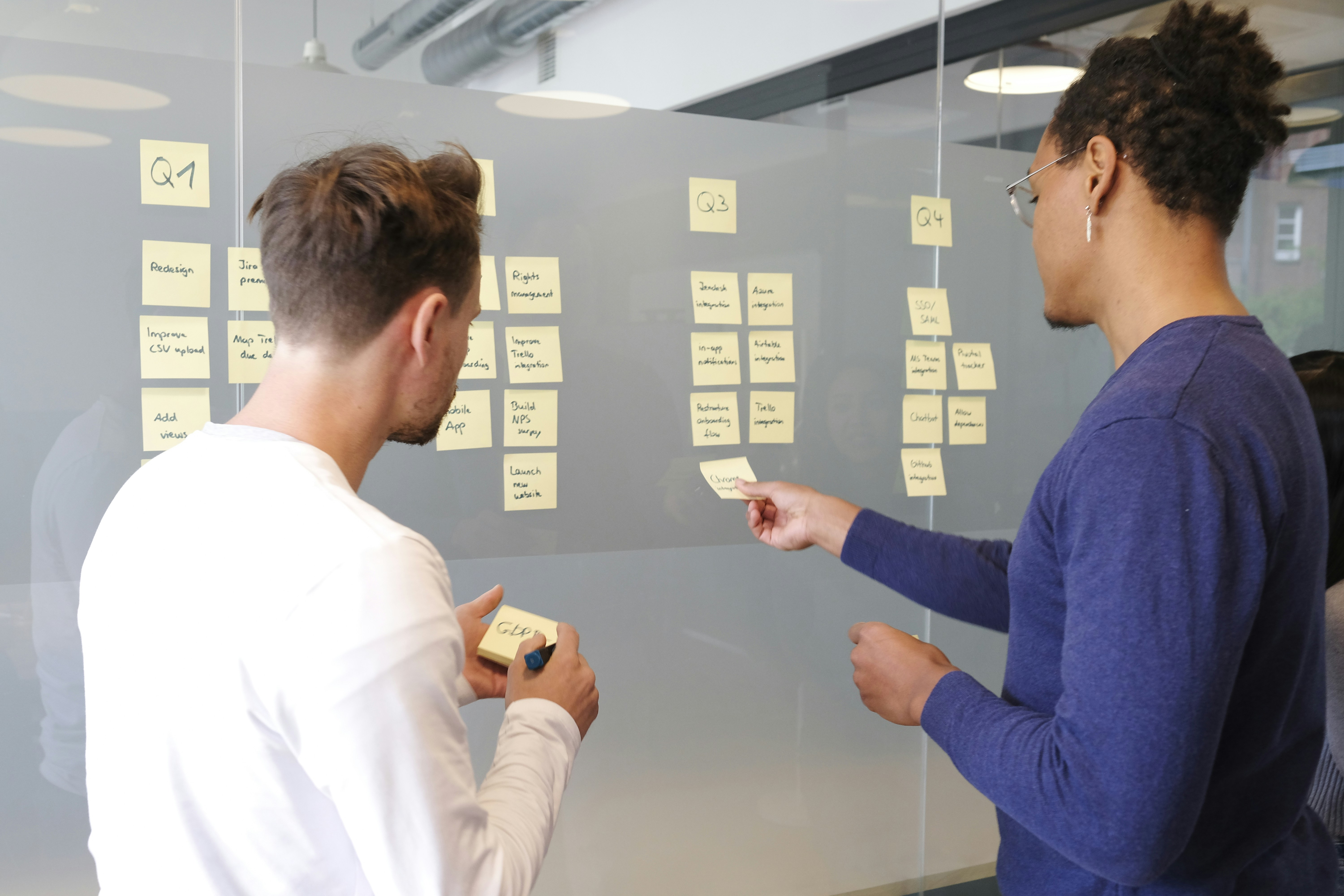Startups
Hiring Plan & Job Description Template | Build a Scalable Recruiting Strategy in Assemble
Build a Hiring Plan & Job Description That Actually Works in 2026
The moment you decide to hire someone, you’re making a bet. A good bet only works when you know what you’re betting on: the role, the outcome, the timeline, and the company’s future. I’ve seen companies rush into recruitment with vague job titles, ambiguous responsibilities, and messy hiring processes, and they pay for it later in time wasted, bad cultural fits, and re-hires.
That’s why having a clear hiring plan and job description matters more now than ever. Nowadays, recruitment is different: skills-based hiring is up, the candidate journey is scrutinised, and many roles are shifting quickly.

If you use the right template, you’ll not only streamline your process but also align the job with business goals, clarify outcomes, and increase your odds of finding someone who matters. In this post, I’ll walk you through a hiring plan + job description template (ready to duplicate in Assemble) and show how to use it so you actually deliver the hire you need.
1. Role Overview & Business Justification
Before you ever write a job description, the first thing you must ask is “Why?”. Why am I hiring for this role now? What will it support? Without that, you’re just filling a vacancy, not driving change.
Our template begins with: Role Title, Department, Hiring Manager, Location/Remote, Employment Type, and Target Start Date.
Then it applies a real business context: Why is this role needed? How does it support company goals? Has the budget been approved?
Research shows that organisations using strategic workforce planning are more resilient and efficient.
Make this section short and factual.
For example: “We need a Senior Product Marketing Manager to drive awareness and conversion for our new analytics product launching in Q3; this supports our growth goal of 30% year-on-year.”
When that clarity exists, it influences every stage of the job description and hiring plan that follows.
2. The Hiring Plan
Once the narrative is clear, you need a reliable process. In our template, you get a phase list: role definition, job description finalised, job posted, sourcing, screening interviews, hiring manager interviews, final interviews, offer/negotiation. For each phase, you assign an owner, target date, status, and notes.
Having a living document helps keep everyone aligned. Especially now, hiring cycles are under pressure: attrition is up, and skills shortages are on the rise.
For example:
Role definition – Hiring Manager – target date 10 July – status “In progress”
JD finalised – HR/Recruiting – target date 17 July – status “Not started”
Tracking this gives you a visible roadmap, helps sidestep bottlenecks, and means you’re not scrambling when the role becomes urgent.
3. Crafting the Job Description
Here is where you match the role to real impact. The template breaks it down into:
Job Title
About the Role (Purpose + Key Outcomes)
Reporting Line
Responsibilities (4-5 items)
Requirements: Must-haves and Nice-to-haves
Success Metrics for first 6-12 months (for example: number of projects delivered, ramp-time, first revenue target)
Compensation & Benefits (Salary Range, Bonus/Commission if applicable, Benefits Summary)
You must not fall into the trap of endless wish-lists. Today’s job seekers focus on purpose, growth, and clarity. Skills-based hiring is increasingly common because it opens the talent pool and aligns better with real performance.
Here’s a concrete example for a Product Manager role.
Must-have: 3+ years in SaaS product lifecycle, strong stakeholder coordination, experience with user analytics
Nice-to-have: Agile certification, experience in mobile-first product launches
Success Metrics: Ramp to full ownership in 90 days, launch next major feature by month 6, deliver 15% uplift in user engagement by month 12.
That kind of specificity tells the candidate and your hiring team exactly what “success” looks like.
4. Interview Process & Next Steps
A strong job description is only one part of success. The process by which you evaluate matters, too.
The template includes: Stage, Interviewer(s), Focus Area, and Status. For example: Recruiter screen (focus: culture fit + salary expectations), Hiring Manager (focus: role competence), Panel/Team Interview (focus: teamwork + problem solving), Final Exec Round (focus: strategic fit).
Then you define immediate next steps, key risks or blockers, and owners.
Tracking this in one place means HR, hiring managers, and operations leads all see the same status. No surprises, no bottlenecks. Given today’s competitive talent market, quick, coordinated processes give you an edge.

5. Why This Mutually Benefits All Stakeholders
Creative producers and asset managers benefit because clarity on role responsibilities avoids overlap and ambiguity.
Project managers and operations leads gain a roadmap that aligns hiring with project milestones and resource planning.
Knowledge workers, students, team leads, and engineers can see how the role ties into broader strategy, which improves onboarding and engagement.
HR managers and enterprise decision-makers get transparency, accountability, and a document they can duplicate and adapt across roles and departments.
The result is less guesswork and more alignment.
6. How to Use Assemble for This Template
Open the template inside Assemble.
Copy it for your team.
Then:
Fill in your role overview and justification.
Assign phases in the hiring plan with owners and dates.
Insert roles, responsibilities, and success metrics in the job description.
Define interview stages and next-step actions.
Set reminders and update status fields continuously.
After each hiring cycle, review what worked, what didn’t, and capture lessons for next time.
The live nature of Assemble means your hiring plan becomes part of your operational rhythm, not a one-off document.
Final Thought
Hiring is more than filling a seat. It’s about activating potential, aligning with business outcomes, and building momentum. Use a clear plan and job description that reflects that mindset. With the right assumptions, structure, and tool (like Assemble), you’ll move faster, attract better-matched candidates, and shape roles that endure.
Good hires don’t happen by accident; they happen by design.









